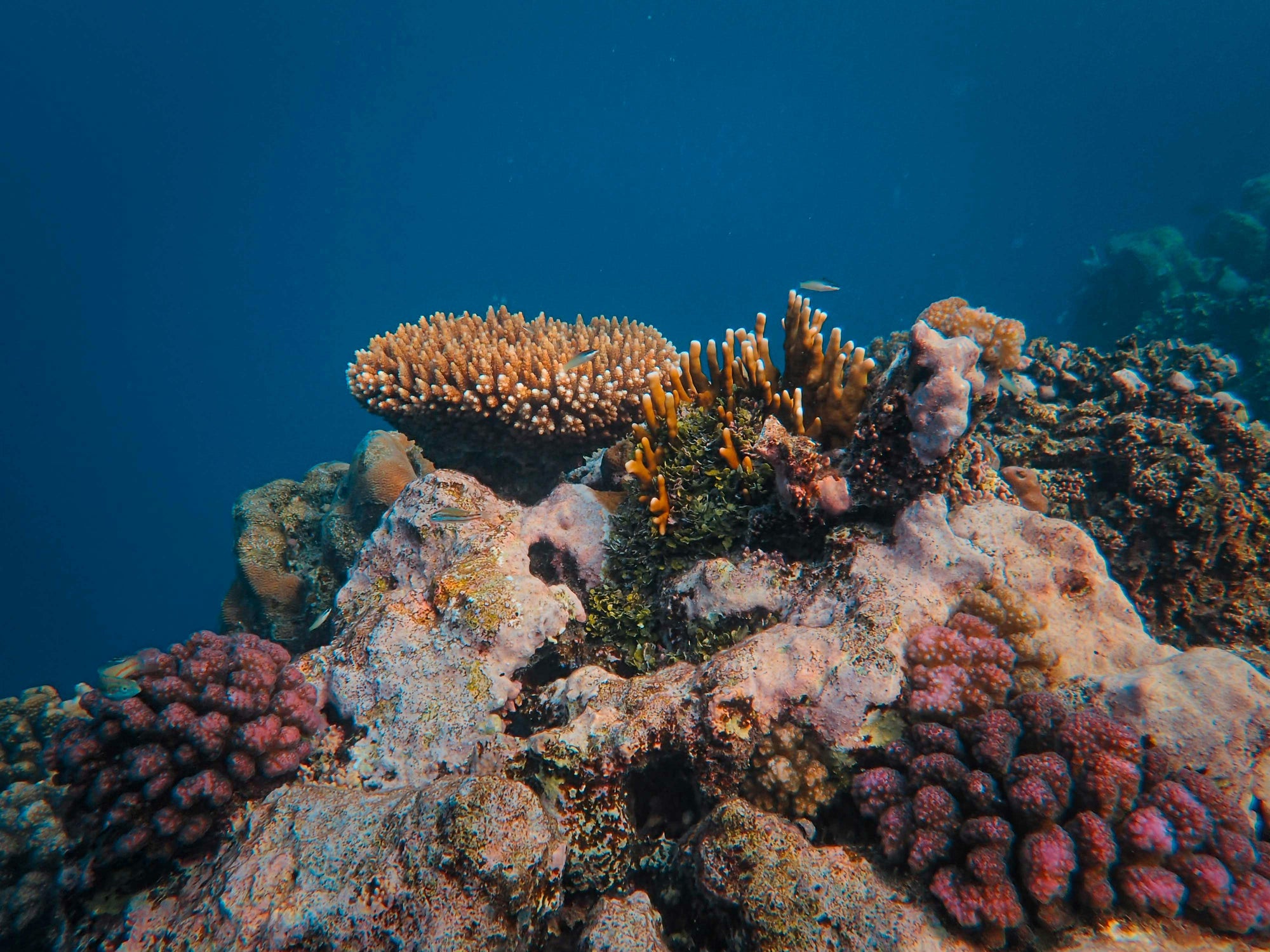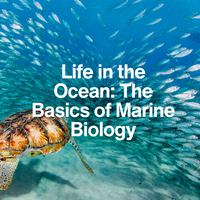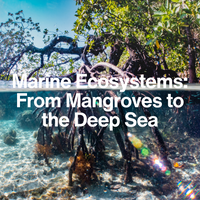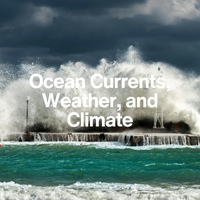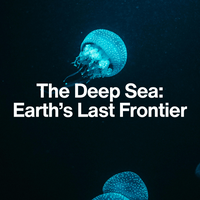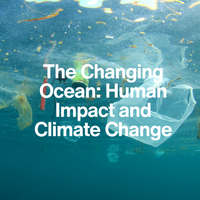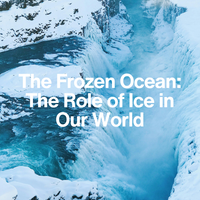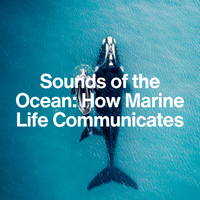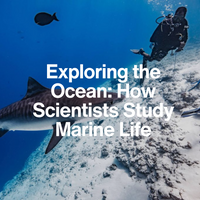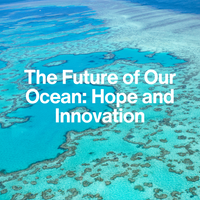LESSON 3
The Open Ocean vs. Coastal Waters: What’s the Difference?
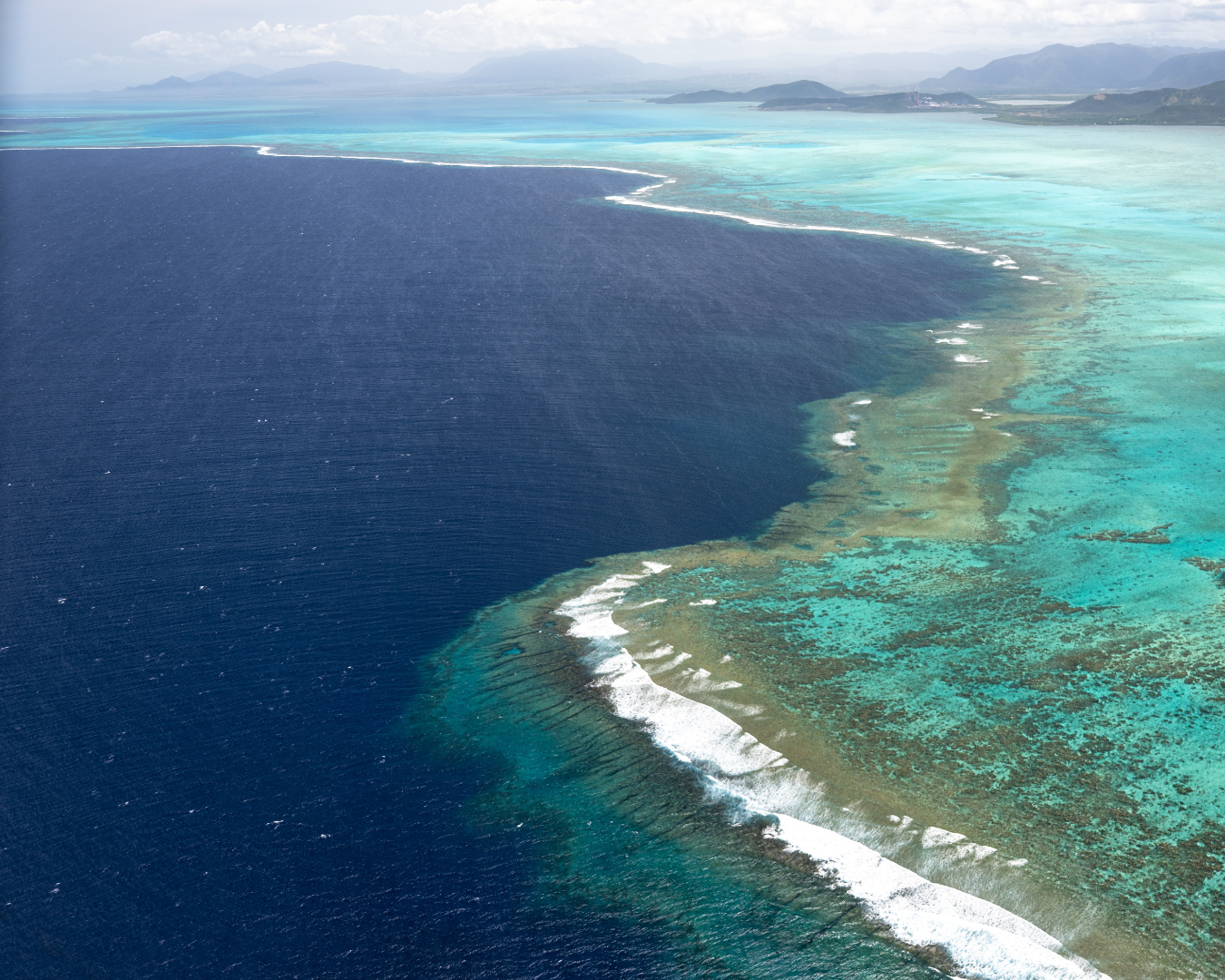
Introduction:
Not All Oceans Are the Same
To most people, “the ocean” might seem like a single, endless body of blue—but marine scientists know better. Coastal waters and the open ocean are two distinct environments with very different characteristics.
Each has its own physical conditions, types of life, and ecological roles in the marine world. Understanding the differences between these two regions is key to understanding how marine ecosystems function and why each one matters in the bigger picture of ocean conservation.
1. Coastal Waters: The Ocean’s Edge
Coastal waters include the relatively shallow zones near land—such as estuaries, tidal flats, coral reefs, rocky shores, mangroves, and seagrass meadows. These are some of the most productive and biologically rich ecosystems on the planet.
What makes coastal waters special?
- Sunlight: Shallow depths mean sunlight penetrates all the way to the seabed, enabling photosynthesis in marine plants and algae.
- Nutrients: Rivers, tides, and upwelling currents bring in nutrients from land, supporting phytoplankton and fueling the food chain.
- Habitat Variety: A mix of rocky, sandy, and vegetated areas provides shelter, feeding grounds, and breeding sites.
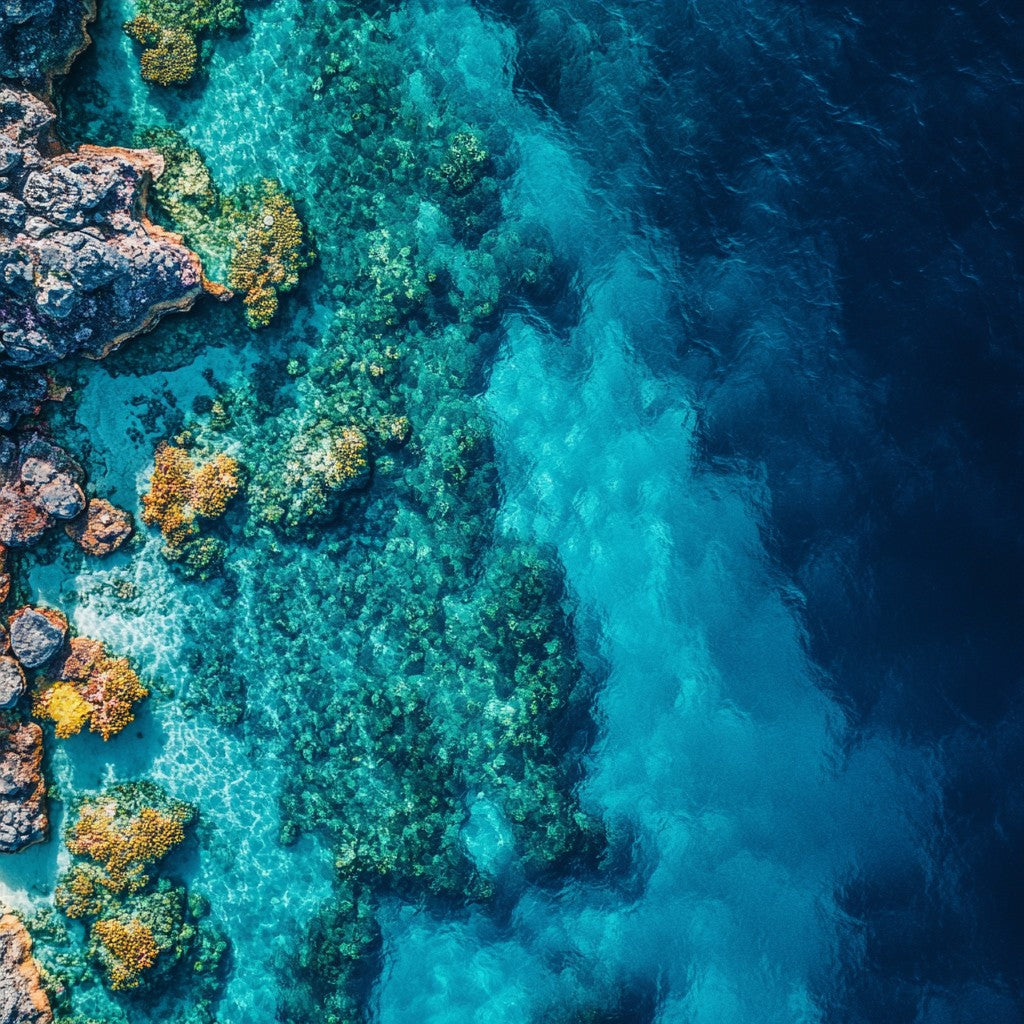
Fun Fact
Coastal ecosystems like coral reefs and mangroves protect shorelines from erosion and storm damage—acting like a natural barrier.
Life in Coastal Waters:
- Species tend to be stationary or territory-based, like crabs, mussels, reef fish, and sea stars.
- Many species, such as salmon, sea turtles, and baby sharks, begin life here before migrating to deeper waters.
- Organisms are often adapted to changing tides, salinity, and temperature, especially in intertidal and estuarine zones.

Did You Know?
Over 90% of marine species rely on coastal habitats at some point in their life cycle!
2. The Open Ocean: The Pelagic Frontier
The open ocean, or pelagic zone, begins at the edge of the continental shelf and stretches across most of the planet’s surface. It includes the surface waters (epipelagic zone), as well as deeper layers like the twilight and midnight zones.
What defines the open ocean?
- Vastness: It covers about 70% of the Earth’s surface, yet much of it remains unexplored.
- Low Nutrients: With no land nearby to supply nutrients, productivity is generally low, except in areas of upwelling or convergence.
- Variable Light & Pressure: Only the top ~200m receives sunlight; deeper layers are cold, dark, and high-pressure.
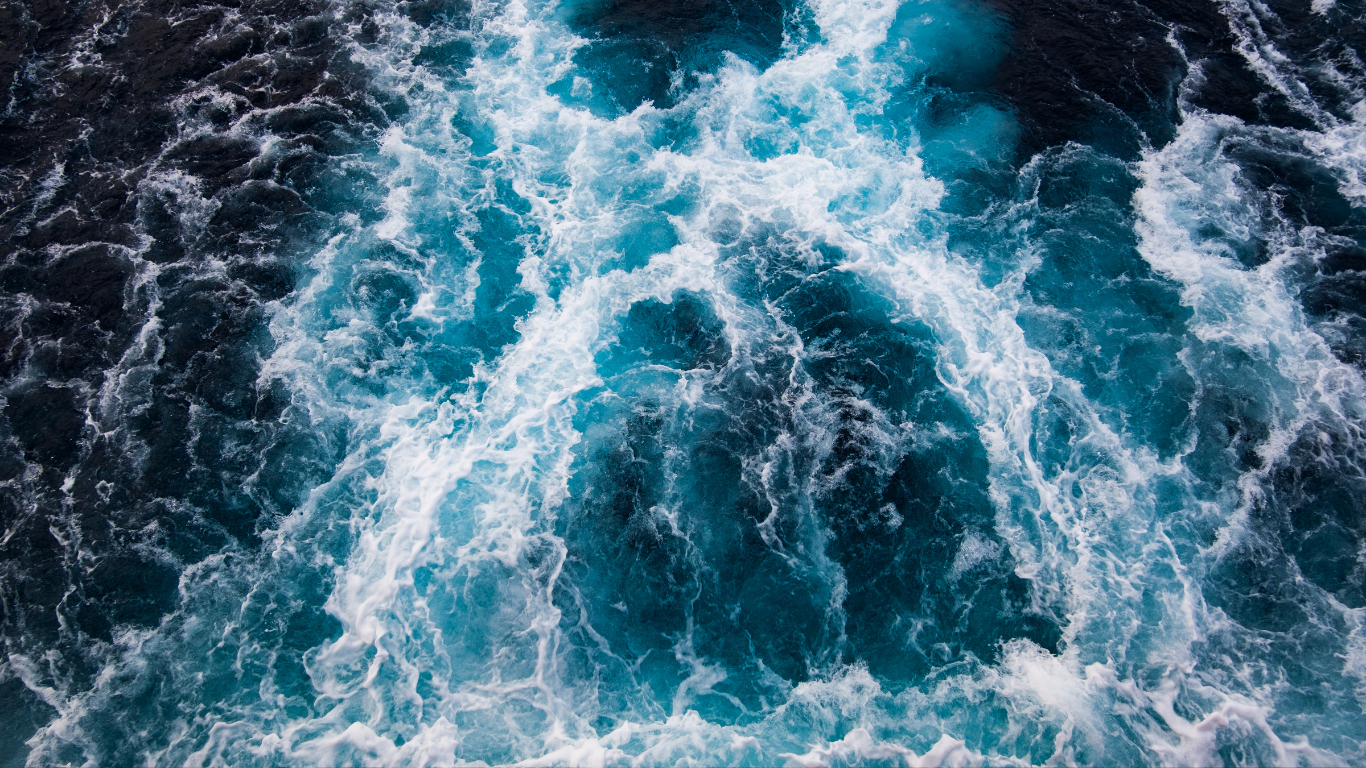
Fun Fact
In some parts of the open ocean, plankton blooms can be seen from space—huge swirling clouds of life that fuel ocean food webs.
Life in the Open Ocean
- Species here are mostly free-swimming (like tuna, dolphins, and sharks) or drifting (like jellyfish or plankton).
- Many species are migratory, traveling thousands of kilometers in search of food or breeding grounds.
- Adaptations include streamlined bodies, countershading, and efficient energy use in nutrient-poor waters.
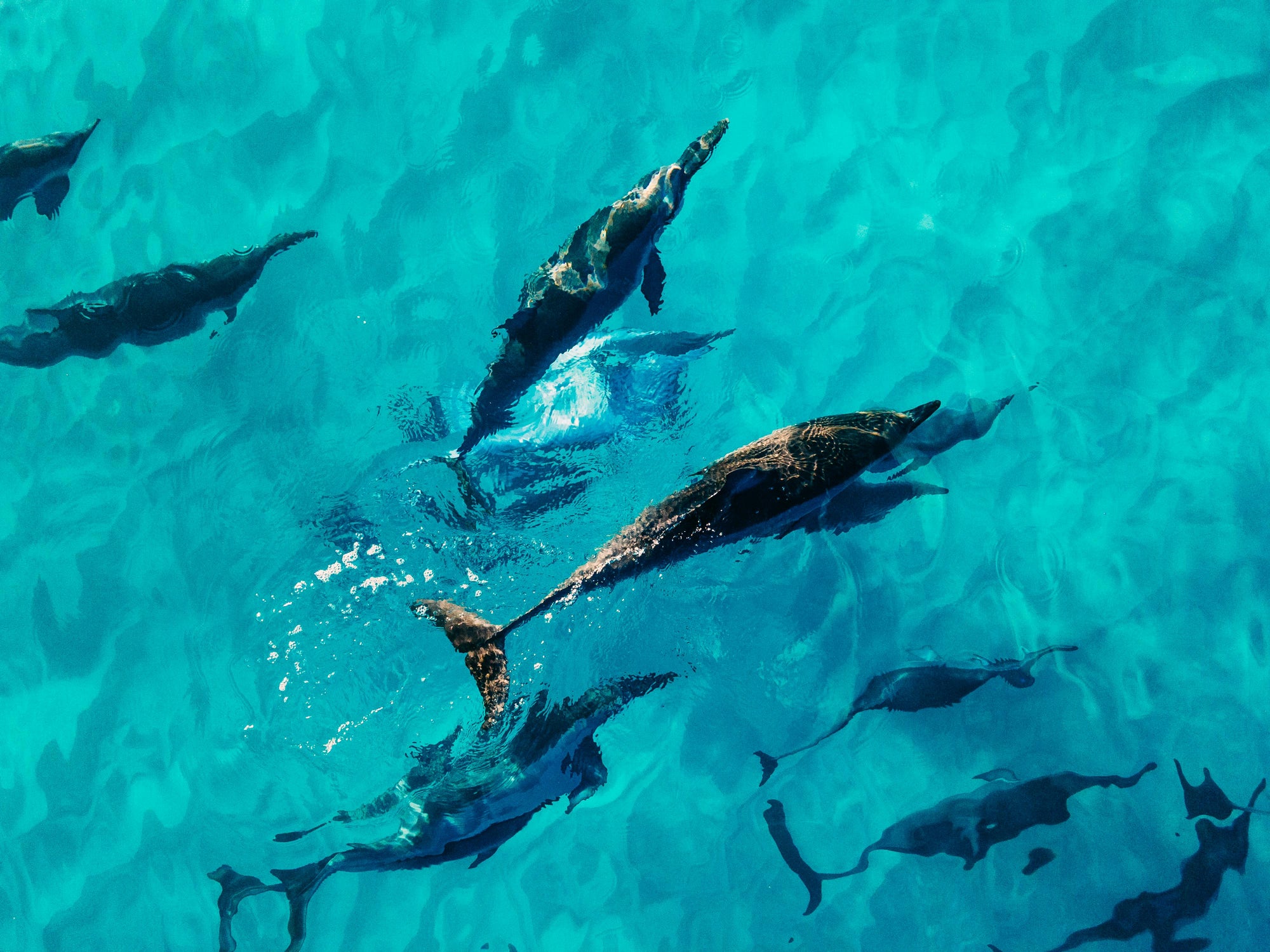
Did You Know?
The leatherback sea turtle can migrate over 10,000 km across the Pacific—from Indonesia to the U.S. West Coast!
3. Comparing Coastal and Open Ocean Life
4. Ecosystem Services: Why They Both Matter
Both environments are critical for global health—and for humans.
Did You Know?
Phytoplankton in the open ocean are responsible for producing over half of Earth’s oxygen—every other breath we take comes from the sea!
Conclusion
Two Habitats, One Ocean
Though different in so many ways, coastal waters and the open ocean are not separate worlds—they’re interconnected. Species often move between the two, currents carry nutrients from land to sea, and changes in one can ripple into the other.
By understanding how these two ocean zones differ—and how they work together—we gain a clearer picture of the ocean’s complexity and its importance to all life on Earth.
From seaweed swaying in tidal pools to great whales crossing entire oceans, every part of the marine ecosystem plays a role. Protecting one means protecting the whole.
Key Takeaways:
Coastal waters are shallow, nutrient-rich, and highly biodiverse thanks to sunlight and land-based inputs.
Open ocean (the pelagic zone) is vast, deep, and nutrient-poor, with creatures adapted for long-distance swimming and survival in low-resource environments.
Marine life in both areas has evolved unique adaptations suited to their environment.
Human activity affects both zones, making it vital to consider them together in marine conservation.
NEXT LESSON
Why Are Coral Reefs Called the “Rainforests of the Sea”?
In the next lesson, we’ll dive into the colourful world of coral reefs—uncovering why they’re called the “rainforests of the sea,” what makes them so biodiverse, and why they’re vital to ocean health and human life alike.
